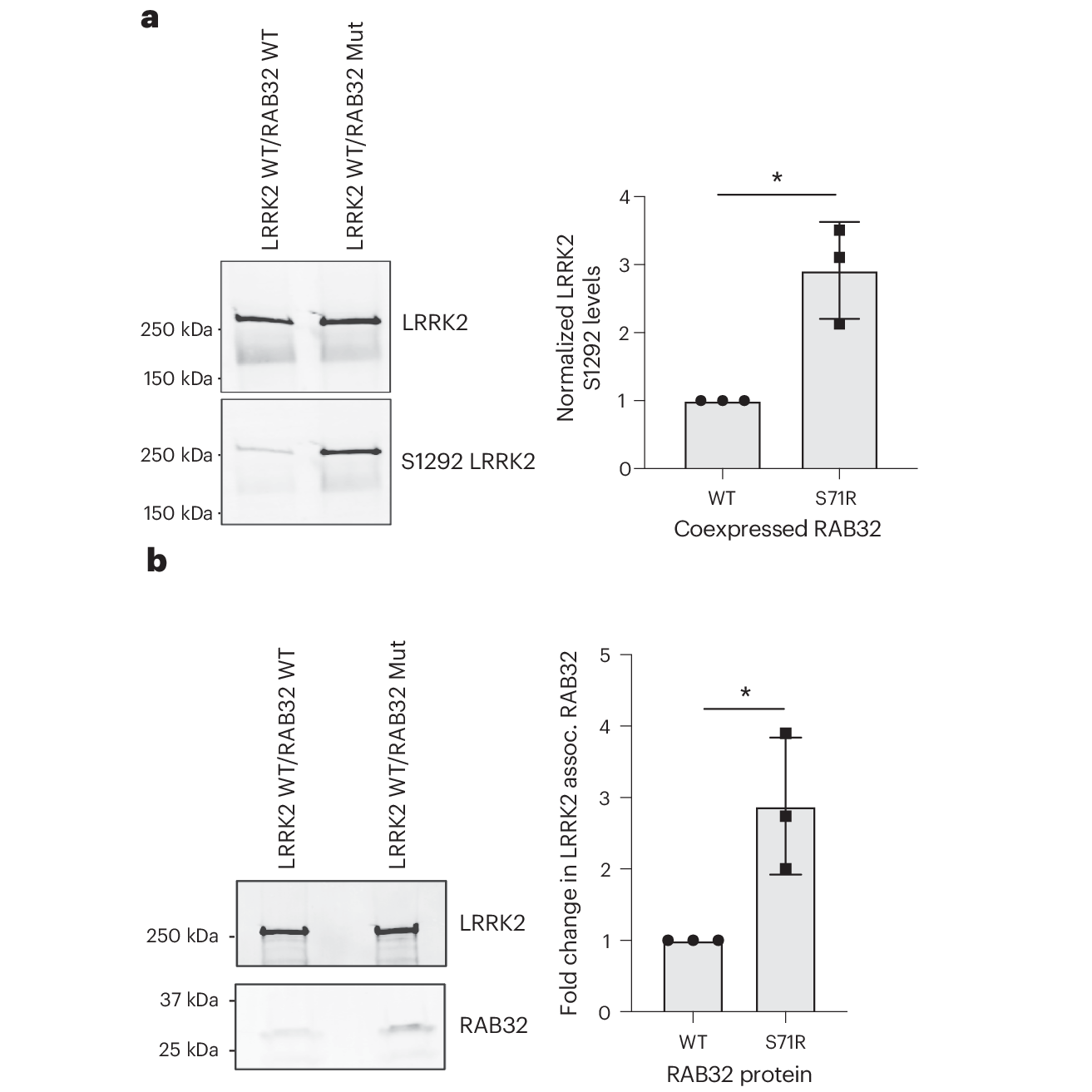Parkinson's Disease gets a new risk factor
A recent survey of 2,000 families with Parkinson’s Disease has turned up a new risk factor: a variant in RAB32

Parkinson’s Disease (PD) is a neurodegenerative disease with the majority of cases occurring in people over the age of 60.
Early signs of the disease are tremors, difficulty to balance and slowness with dementia, mood swings and behavioral changes presenting at later stages.
85% of cases are sporadic, meaning there’s no family history of disease, and the absolute cause of Parkinson’s is still largely unknown but environmental exposures to certain pesticides, heavy metals, and genetic factors have all been linked to disease.
10-15% of cases are familial or inherited, but even in cases of familial PD it’s been very hard to track down a specific cause of the disease.
The molecular hallmark of PD is the development of Lewy bodies in neurons which contain aggregations (clumps) of the protein alpha-synuclein (SNCA) and this clumping is thought to lead to neuronal death.
To date, 90 risk variants have been identified along with a few notable genes like SNCA, LRRK2, and PRKN.
These genes play a variety of different roles in cells including functioning in cellular metabolism, cell death and protein decay indicating that the cause of PD can be multifaceted.
A subset of these mutations have the clinical presentation of PD, but at autopsy do not have SNCA aggregates in neurons.
This, of course, adds to the frustration of not knowing how best to treat the disease because most PD research has focused on how SNCA aggregation leads to cell death.
There appears to be much more to this story.
As for LRRK2 (Leucine-rich repeat kinase 2), it’s a small kinase that phosphorylates a gene called Parkin (PRKN) that’s involved in degrading proteins.
Increased activation of LRRK2 is associated with neuronal cell death in cellular and animal models of PD.
And while we don’t know exactly how or why this causes PD, the LRRK2/PRKN pathway appears to contribute to the disease in significant ways.
That’s why the recent discovery of a new gene involved in PD was so interesting, because it directly impacts the activity of LRRK2.
In this research, a family based case-control analysis of 2,184 PD families and 69,775 controls revealed that a variant of RAB32, a protein kinase, was significantly associated with PD (odds ratio 65.5!)
In the figure above you can see that this mutant a) results in a significant increase in LRRK2 S1292 phosphorylation and b) associates much more strongly with LRRK2 than the non-mutant.
This variant is causal of PD in only about 1% of familial cases, but discoveries like this help us to better understand the molecular mechanisms that lead to PD and offer potential targets for therapeutic development.

